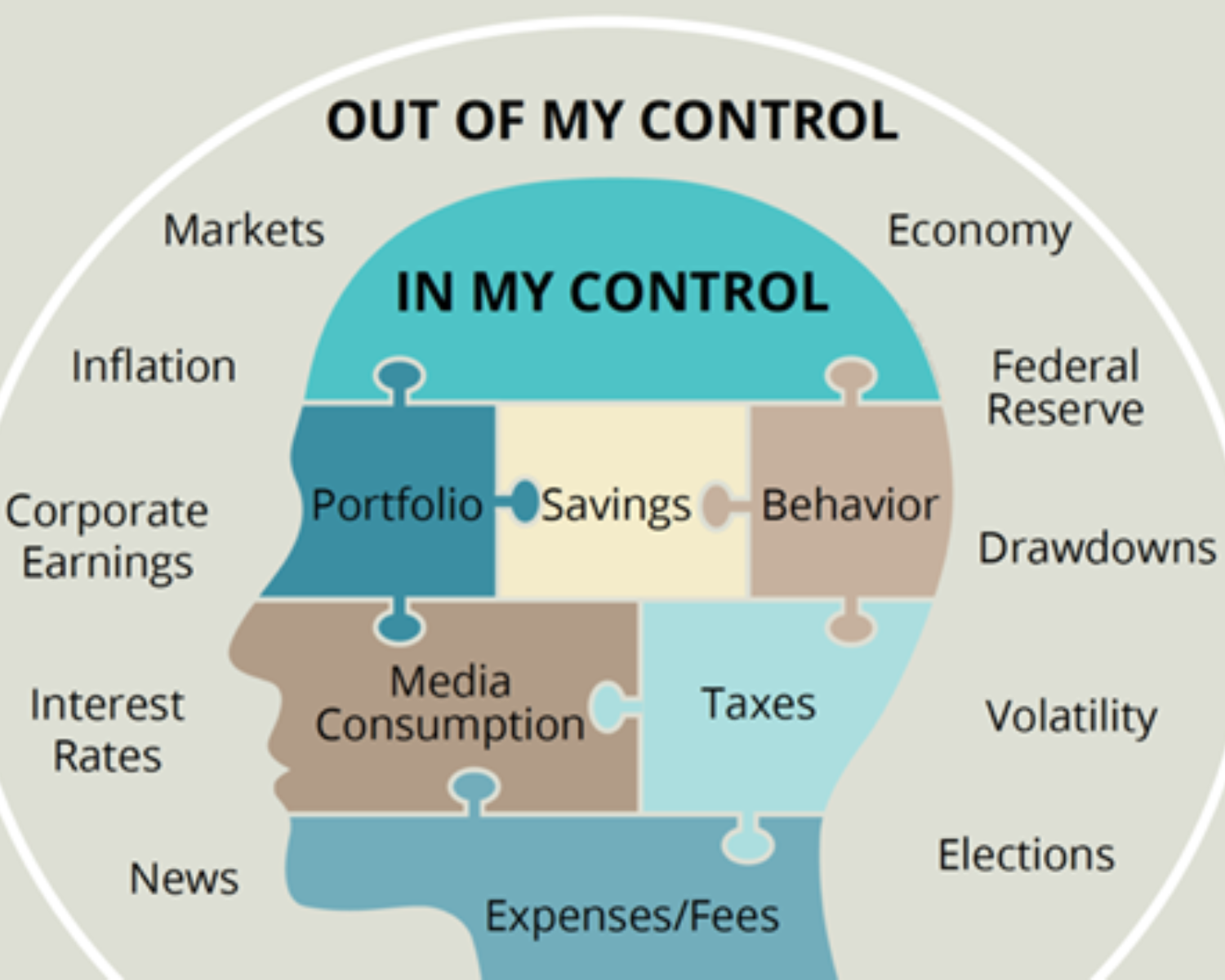Spring is in the air—the days are getting longer, the flowers are starting to bloom, and for many of us, it’s time to shake off the winter chill and embrace the season of fresh starts. In my household, this spring holds an extra special milestone—my nearly 15-month-old son, Cooper, is heading to the beach for the first time with his mom. While they’ll be dipping their toes in the sand and experiencing the ocean breeze, I’ll be busy helping clients navigate one of the most important financial opportunities of the season: maximizing retirement contributions before the tax filing deadline.
As April 15th approaches, now is the perfect time to review your retirement savings and ensure you’re taking full advantage of tax-advantaged investment opportunities. Just like planning a perfect beach trip requires preparation—packing sunscreen, snacks, and sand toys—your financial future benefits from careful planning and strategic contributions.
Let’s dive into the key details you need to know before time runs out.
2024 Retirement Contribution Limits & Deadlines
To make the most of your retirement savings, it’s crucial to understand the annual contribution limits and deadlines:
✅ IRA Contribution Limit: $7,000 (or $8,000 if age 50+)
✅ 401(k) Contribution Limit: $23,000 (or $30,500 if age 50+)
✅ Contribution Deadline: April 15, 2025 (for 2024 IRA contributions)
If you haven’t yet maxed out your contributions for 2024, now is the time to do so. These tax-advantaged accounts not only help preserve your financial future but also provide valuable tax-saving benefits today.
Why Contribute Now? The Power of Compounding
Retirement contributions aren’t just about meeting a deadline; they’re about harnessing the power of compounding. Just like small waves gradually shape the shoreline over time, regular contributions—even modest ones—can lead to significant growth in your investment portfolio. The earlier and more consistently you invest, the more time your money has to grow and compound, turning small, disciplined contributions into substantial future savings.
Missing out on a year of contributions means missing out on a year of potential growth. And since contribution limits reset each year, any unused opportunity is gone for good.
Are You Taking Full Advantage of Your Retirement Strategy?
As tax season reminds us of the importance of smart financial planning, it’s a great time to assess whether your retirement savings strategy aligns with your long-term goals. Here are a few key questions to consider:
✅ Are you maximizing your contributions to tax-advantaged accounts?
✅ Have you reviewed your employer’s 401(k) match to ensure you’re not leaving free money on the table?
✅ Does a Roth conversion make sense for your tax situation this year?
✅ Should you be making backdoor Roth IRA contributions to further optimize your savings?
These are conversations I have with clients every day to ensure they’re making informed, strategic decisions about their wealth.
Let’s Plan Together
Just like my son’s first beach trip will require a little guidance—keeping him from tasting too much sand or running too far into the waves—your retirement strategy benefits from experienced direction. Whether you’re nearing retirement or still years away, I’m here to help you fine-tune your contributions and make the most of every opportunity available to you.
If you’d like to review your contribution strategy before the deadline, let’s schedule a time to connect. A little planning today can mean a smoother, more independent future down the road—just like packing the essentials before heading to the beach.
As always, thank you for your continued trust. I look forward to helping you build a stronger financial future.
Best,
Chad






